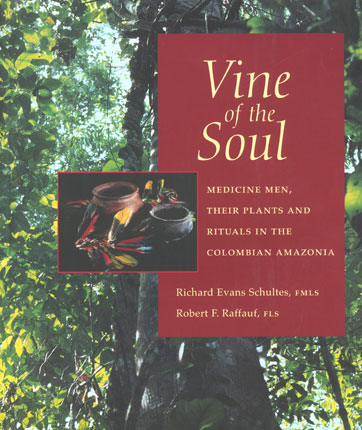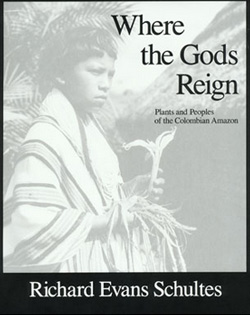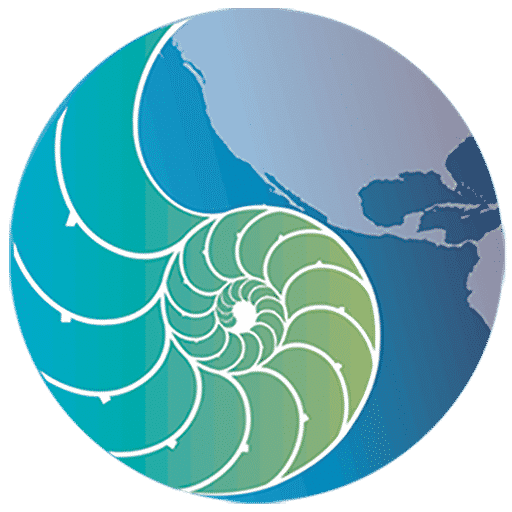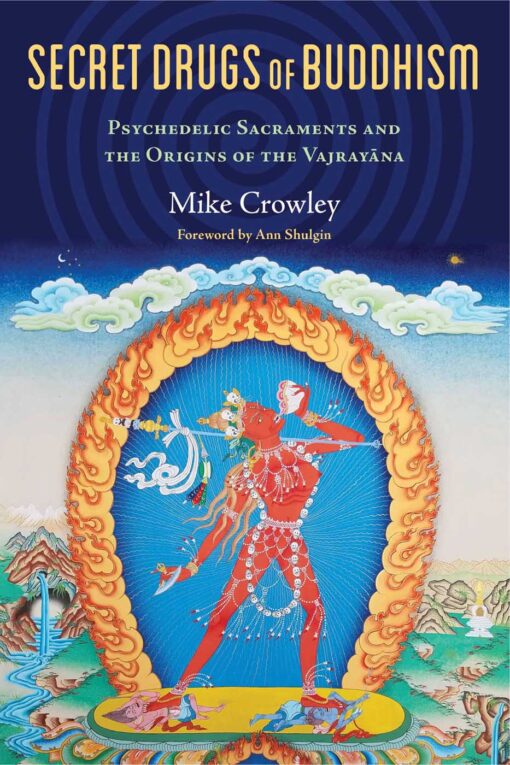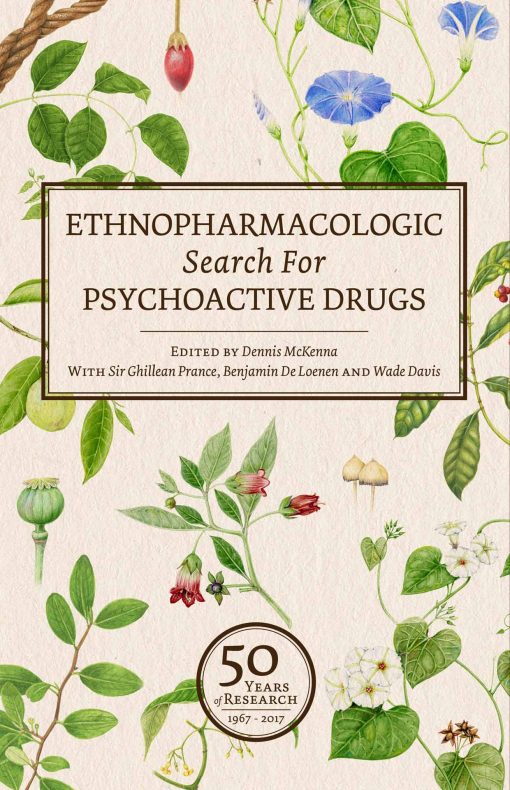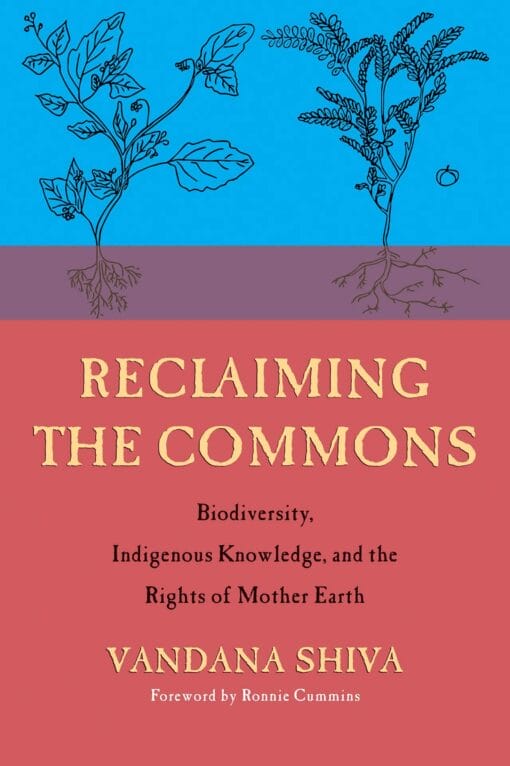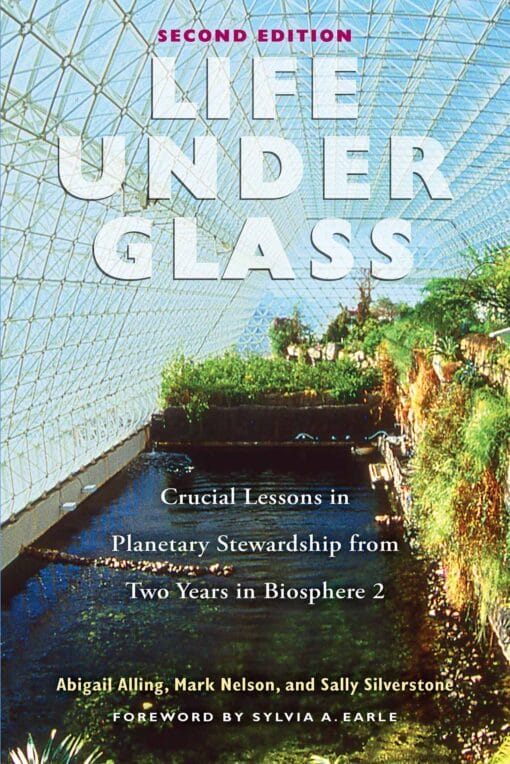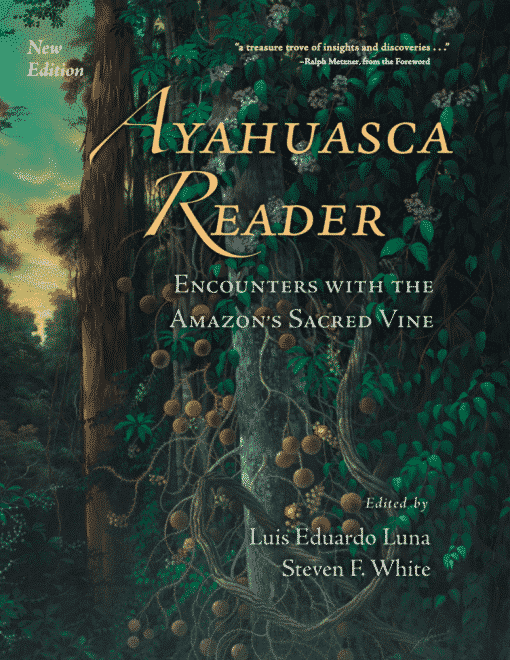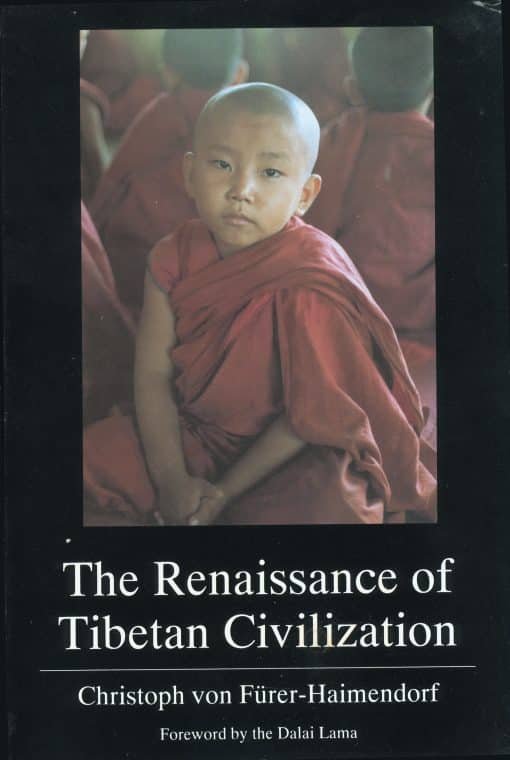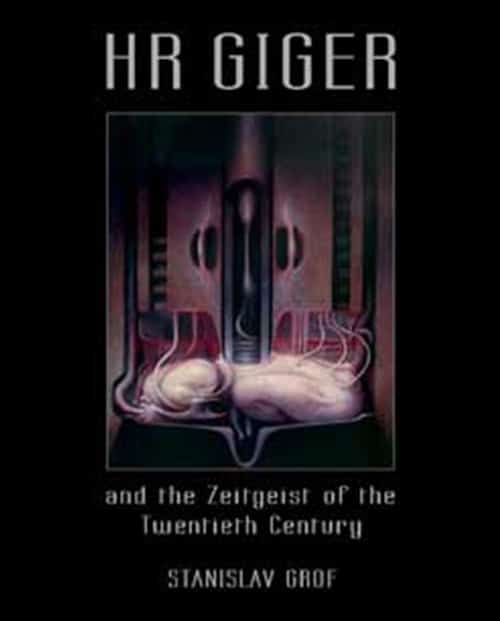By Mark Plotkin, PhD
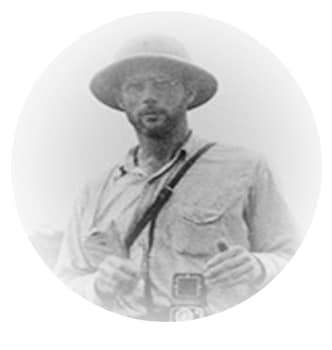
Richard Evans Schultes
Richard Evans Schultes, PhD, was the greatest Amazonian explorer of the 20th century. Boston-born and Harvard-educated, he set off for the Amazon in 1941 for a six-month expedition. He was so entranced by the plants and the peoples of this great rainforest that he essentially extended this expedition for more than a decade. Now, interested readers can follow his journeys in an interactive, informational story map.
Schultes (1915-2001) first learned of the concept of “ethnobotany” in an undergraduate course at Harvard University taught by the prominent orchidologist Oakes Ames. After Schultes wrote his term paper on the traditionally revered peyote cactus (Lophophora williamsii, Cactaceae), Ames sent Schultes to Oklahoma to experience the sacred cactus firsthand in a traditional Kiowa tribal ceremony. Later, Schultes returned to Harvard, and decided to pursue a PhD under Ames, focusing on the “magic mushrooms” of Oaxaca, Mexico. As a newly-minted PhD, he headed south to the northwest Amazon to study arrow poisons from the curare vines (e.g., Chondrodendron tomentosum, Menispermaceae), which, at the time, were being used as pre-surgical muscle relaxants in abdominal surgeries.
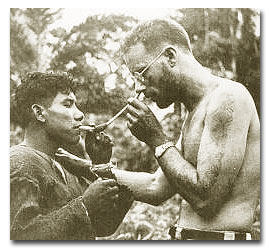
Young Richard Schultes taking tobacco snuff, May 1952 (photo: R.E. Schultes) via Harvard Square Library
Cartographer Brian Hettler of the Amazon Conservation Team decided to recount Schultes’s travels and research in a compelling new story map.1 With commentary and explanations supplied by this author, Hettler traces Schultes’s phenomenal journeys through the rainforest in search of healing plants. Using the capabilities of the story map format, Hettler has organized this information in a way that allows readers to click on a location and see photos of the location and/or the people that lived there. Perhaps even more impressive, readers can click on a list of plants collected by Schultes and see the actual herbarium specimen he collected in high resolution.
Hettler’s story map allows readers to follow the late ethnobotanist into some of the world’s most remote locales in search of exceedingly rare plants. It is hoped that this intriguing initiative will not only teach about the history and importance of the science of ethnobotany, but also will inspire others to use the story-map format to teach about botany in general, and medicinal herbs in particular, in new and compelling ways.
Mark J. Plotkin, PhD, is an ethnobotanist whose field research focuses on the plants and peoples of northern Amazonia. He currently serves as president of the Amazon Conservation Team, a nonprofit organization that conducts environmental and cultural sustainability activities in the Amazon basin (www.amazonteam.org). He is the author of several books and is a member of the American Botanical Council Advisory Board.
References
- Amazon Conservation Team. The Amazonian Travels of Richard Evans Schultes. Amazon Conservation Team website. Available at: http://amazonteam.org/maps/schultes/. Accessed May 4, 2016.
- Cox PA. Medicinal Plants and the Legacy of Richard E. Schultes. HerbalGram. 2013;98:73-75. Available at: http://cms.herbalgram.org/herbalgram/issue98/hg98bkrvw-schultes.html. Accessed May 4, 2016.
- Davis W. The Lost Amazon: The Photographic Journey of Richard Evans Schultes. HerbalGram. 2005;66:50-59. Available at: http://cms.herbalgram.org/herbalgram/issue66/article2831.html. Accessed May 4, 2016.
- Blumenthal M. The Lost Amazon: The Photographic Journey of Richard Evans Schultes. HerbalGram. 2005;65:73-74. Available at: http://cms.herbalgram.org/herbalgram/issue65/article2788.html. Accessed May 4, 2016.
- Davis W. One River: Excerpts from the new book about the life of ethnobotanist Richard Evans Schultes. HerbalGram. 1996;38:32. Available at:http://cms.herbalgram.org/herbalgram/issue38/article1219.html. Accessed May 4, 2016.
To travel further into the explorations of Amazonian peoples and sacred plant medicines with Richard Evans Schultes, explore Vine of the Soul: Medicine Men, Their Plants and Rituals in the Colombian Amazonia and Where the Gods Reign: Plants and Peoples of the Colombian Amazon written by Richard Evans Schultes himself.

